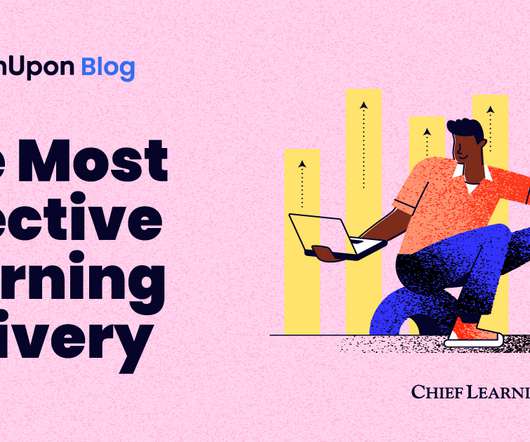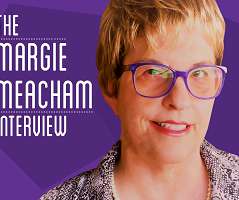How to Hire an Agile Learner
The Performance Improvement Blog
JANUARY 22, 2018
How do you find agile learners, people who can curate information for themselves, use a wide variety of learning methods, and quickly apply new learning to their work? Look for people who have humility, are curious, are excited about collaboration with others, and who express appreciation for the effort and progress of others.
























Let's personalize your content